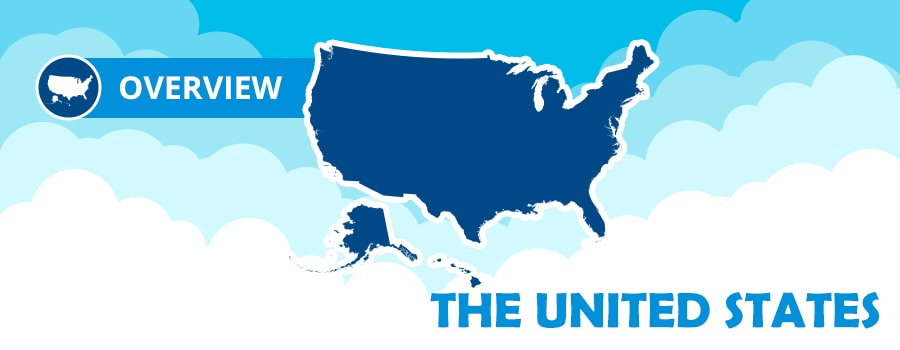Homeschool Laws by State
In the U.S., homeschooling laws are established at the state level. Although homeschooling is legal in all U.S. states, the requirements can vary widely, and may include rules on:
- Formally withdrawing from a public school
- Registering a new homeschool
- Keeping and submitting records
- Participating in standardized tests
- Which courses students must take
What Does My State Require for Homeschooling?
Here’s what you will need to do to make sure your homeschool program is legally compliant:
- Research your state’s homeschooling laws and what your responsibilities are as a parent.
- Officially withdraw your child from their current public or private school, if they are currently enrolled in one.
- Find an easy-to-use, accessible curriculum to simplify homeschooling.
- Begin teaching your child the subjects required by your state.
- Keep all records required by your homeschool state laws.
Homeschooling Laws in Your State
At Time4Learning, we believe homeschooling should be as stress-free and enjoyable as possible. This is why we are happy to provide information on homeschool requirements by state. Simply choose your state below to find out how to get started, explore homeschool laws, locate support groups, and even discover exciting field trip opportunities.
This information is not provided as legal advice. It is your responsibility to interpret and understand the laws that you will be homeschooling under.






